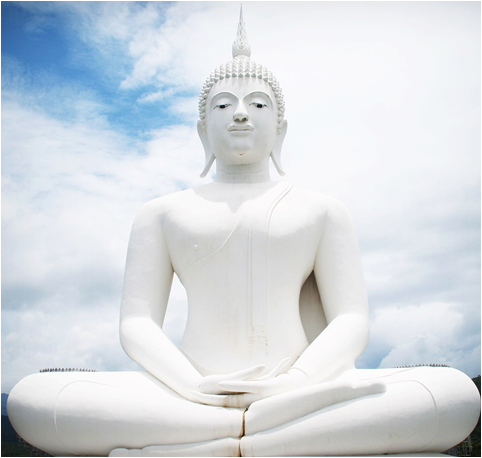3 Qualities of Asanas in Yoga
STHIRA SUKHAM ASANAM
“स्थिरसुखमासनम्”
(Patanjali Yog Sutra Chapter No 2 Sutra No 46)
May your connection to the earth be steady and sweet and may you feel content with your place in the universe.
स्थिरम– Steady/Firm
“Sthira”- ability to be steadfast in an asana which means when the muscles are evenly engaged, free of tension and strain, when breath is rhythmic, when mind is calm.
Sthira means to have integrity and stand strong for what we believe in.
सुखम – Comfortable/ Pleasant
“ Sukha” means easy flow of breath and balanced circulation of Prana. Being balanced in every area of your life. and performing all activities with ease and flow. How to shape your day, what to eat, spacing the meals, going to bed on time etc all contribute to the quality of steadiness.
आसनम – Posture
“Posture which is steady and comfortable is asana”. Any steady posture which gives comfort to the body is known as Asana.
Asana enables us to maintain the equanimity. Asanas are generally named after the birds, animals and other objects depending upon the similarity of the postures.
Asana is our seat in the world. The trees are rooted into the earth but extending upwards to the sky. A bird sitting on branch before it takes flight. To be in a state of grace and firmness with mindfulness that we are somewhere connected to some celestial force.
An asana should have the dual qualities of :
- Stability and Comfort
- Strength and Stillness
- Steadiness and Joy
When we are comfortable we may not steady or sitting erect.
When we are erect, we might be so stiff, we are not comfortable.
Maharishi Patanjali states that poses should be steady and comfortable.
PRAYATNASAITHILYA-ANANTA-SAMAPATTI-BHYAM –“प्रयत्नशैथिल्यानन्तसमापत्तिभ्याम्“
The posture is perfected, made steady and comfortable through effort .
Constant exploration between Sthira and Sukha in our Yoga Postures as well as with all things which impacts our daily life. It teaches us to strengthen areas of weakness and relax areas of contraction.
It encourages us to practice acceptance, allowing things to just BE and to cultivate balance, contentment and ease in our life.

